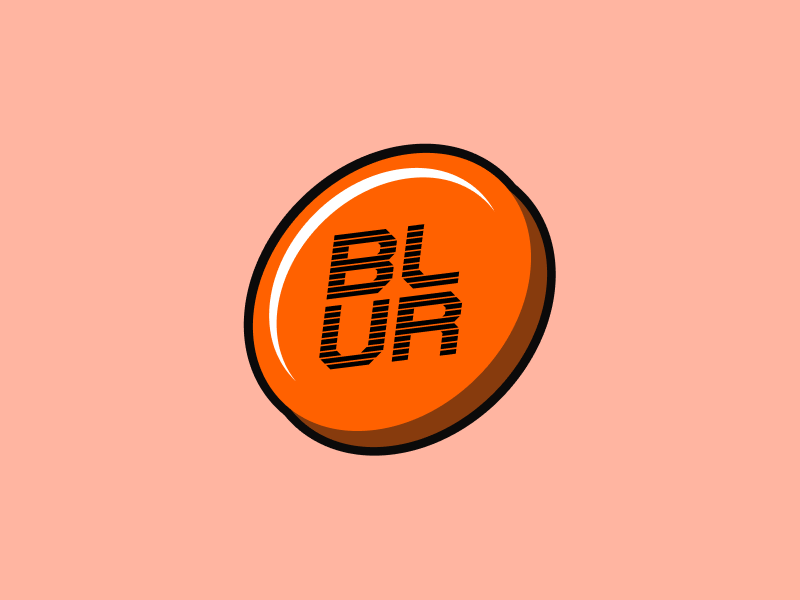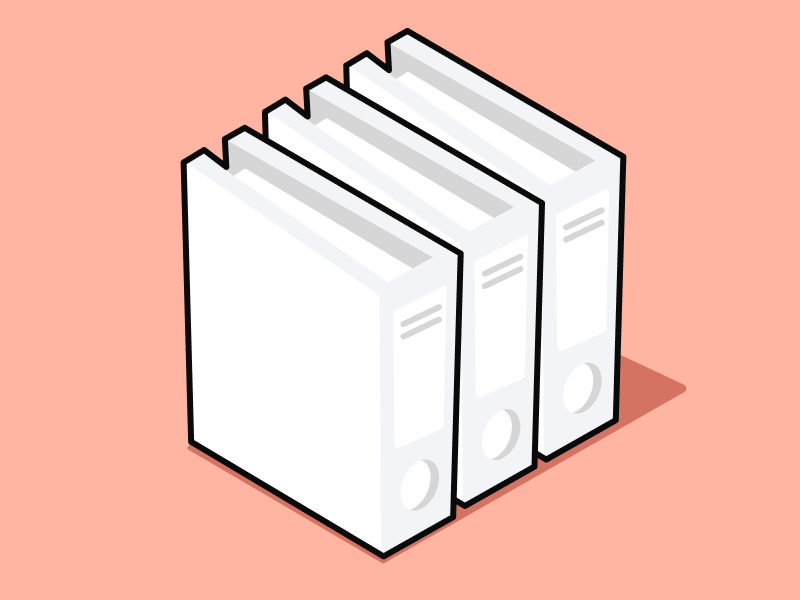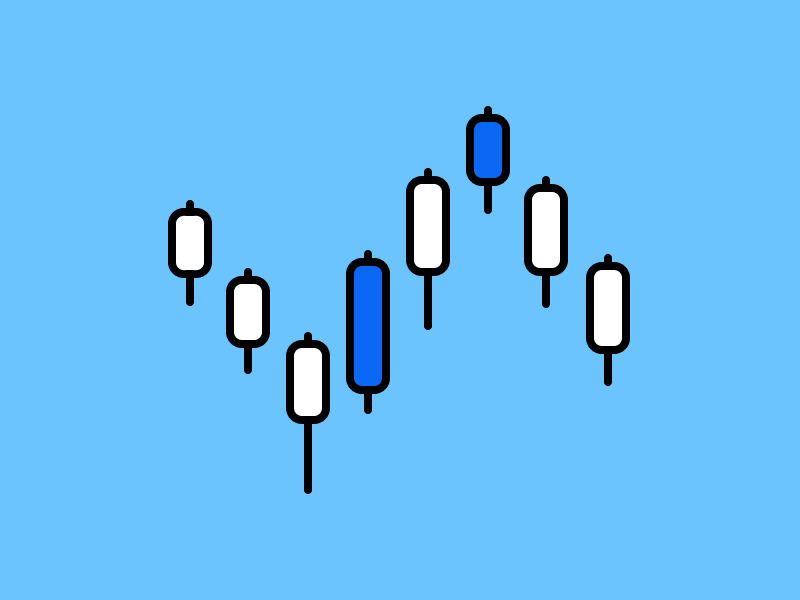What Are Ordinals? Bitcoin NFT Innovation
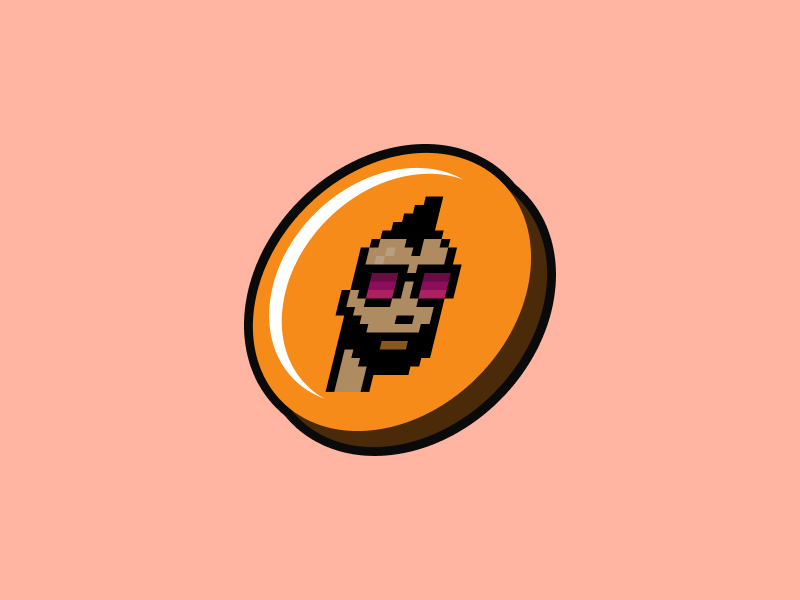
NFTs or Non-Fungible Tokens are one of the crypto technologies that have caught the public’s attention. Since 2021, millions of NFT collections have successfully changed hands to new users at prices that reach millions of US dollars. NFTs have also lived on many new blockchains such as Solana, Flow, and Tezos. Previously, NFTs were only available on blockchains with smart contract capabilities. The arrival of the Ordinals changed this. The crypto community can create, buy, and sell NFTs on the Bitcoin blockchain with Ordinals. In this article, we will further explore this Bitcoin NFT technology called Ordinals.
Article Summary
- 🖥️ Ordinals is a platform that enables the creation of NFTs or Inscriptions on the Bitcoin network. Ordinals is also the name of every NFT created in Bitcoin.
- 🔢 Ordinals are created by sculpting or attaching Inscription data in text, images, videos, and more to a Satoshi (the smallest unit of Bitcoin). Each Satoshi has a unique ordinal number which is then used to track each NFT Ordinals.
- Currently, selling and buying Ordinals is still P2P and requires knowledge of how Bitcoin nodes work. Selling and buying Ordinals mostly happens on forums like Discord and Twitter.
- Minting or inscribing Ordinals requires a Bitcoin node and a dedicated Bitcoin wallet. Some developers are creating easier minting platforms. OrdinalsBot and Xverse are some that already have minting products you can use.
- 🪨 Some of the most popular Ordinals collections right now are BitcoinRocks, OrdinalPunks, Inscribed Pepe, and ORDROTHKO. Some of these Ordinals are already priced above 1 BTC.
What are Ordinals?
Bitcoin is a decentralized payment network that was created to be an alternative to the existing financial system. Satoshi Nakamoto creates Bitcoin so financial interactions can happen without the need for a third party. This is the “soul” of Bitcoin that its developers and supporters have maintained since its inception. However, in January 2023, the Bitcoin network has a new use case: storing NFTs.
All NFTs require a smart contract program, while Bitcoin has none. Ordinals created a huge uproar among the NFT and Bitcoin communities because it was an innovation that created a new use case for Bitcoin.
Ordinals is a Bitcoin NFT project that tweaks some of Bitcoin’s technology to make it work for sending, receiving, and minting NFTs. As a result, this Bitcoin NFT system is vastly different from the NFTs on Ethereum. All Ordinals NFTs are stored on-chain directly on Bitcoin blocks without the need for a third-party server.
Instead of minting using NFT tokens, the process of minting Ordinals is Inscribing, which means “sculpting” or “writing” them into Satoshis (or Sats), Bitcoin’s smallest unit of measurement. All these images, writings, or even videos are chiseled into Sats. So, basically, NFTs in Bitcoin is not really non-fungible in the context that they are regular Satoshi coins (which you can accidentally sell).
1 BTC = 100 million Sats.
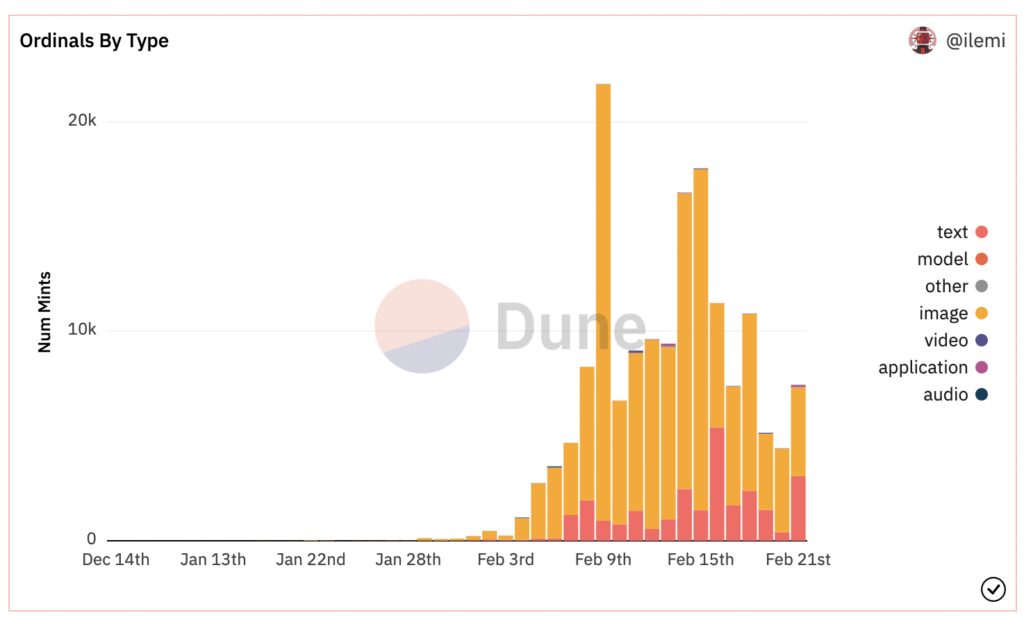
Casey Rodarmor, the creator of Ordinals, explains that he doesn’t want to call them NFTs, but rather Digital Artifacts. Casey utilizes Bitcoin’s SegWit and Taproot technologies to create Ordinals. These two technologies enable the creation of Inscriptions with relatively low transaction fees that do not strain the Bitcoin network. As of today (February 22, 2023), there have been 159,570 Inscriptions (as each Ordinals is called). As shown in the image above, the majority of Inscriptions are images and text.
Currently, Ordinals NFTs do not have much infrastructure that could make them experience massive adoption. Ordinals only support a few digital wallets, do not have a marketplace, and have a fairly complex minting process (requires coding knowledge). The current owners of Ordinals are those who are already familiar with the Bitcoin network or NFT enthusiasts who want to learn the minting process.
Bitcoin had an NFT technology around 2015 created by Counterparty. The difference is that Counterparty can only store 80 bytes of data and utilizes OP_RETURN codes, unlike Ordinals. The network processess All Counterparty NFTs like regular transactions, making the transaction fees increase dramatically. Subsequently, Counterparties began to disappear as NFTs evolved on Ethereum.
How Ordinals Work
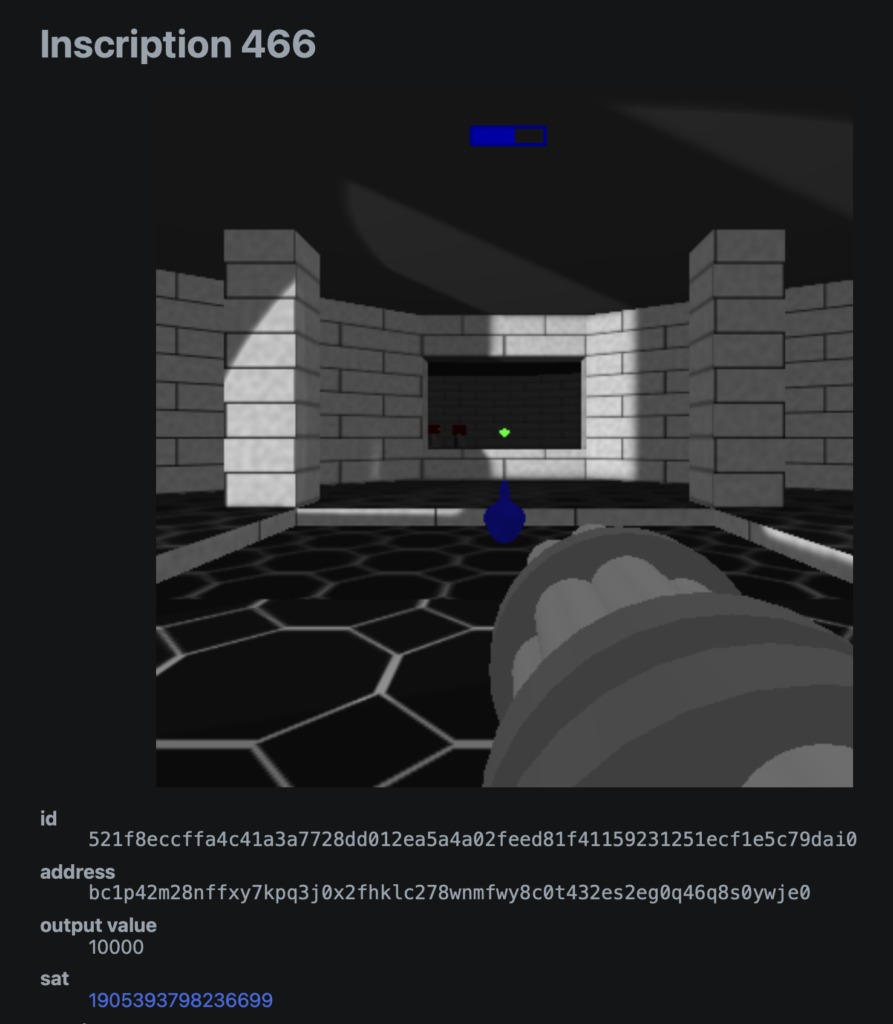
In February 2022, Casey Rodarmor published a proposal for a Satoshi numbering scheme to enable the tracking of each Sats. Rodarmor proposed embedding an ordinal numbering system (0 to 21000000000000000000) on each Sats. This Satoshi ordinal number is used to store and track each Inscription because we can tell which Sats have Ordinals in them.
So, these Inscriptions are actually attached to the first Satoshi in each unspent transaction output (UTXO). The transaction witness line contains script data, signatures, or in the case of Ordinals, images.
The Bitcoin network is different than other blockchain networks. Every time you receive a transaction, a UTXO will appear containing Satoshis sent from the previous address. The value of Sats in this UTXO will then continue to decrease as you send it to other addresses. The first Sats of each UTXO usually contains the Inscription.
The data size limit on the witness field is 4 MB (post-Taproot), which is the size limit of each block on the Bitcoin network. So, theoretically, one block could contain one 4 MB Ordinals transaction (but this would require unrealistically large transaction fees).
An Ordinals has several elements consisting of:
- Transaction witness line: The witness line on each transaction stores the data and content of Ordinals.
- Inscription: An inscription is the content in inscribed Sats. The Inscription is also often associated with the terms digital artifacts or Ordinals, all of which are synonyms for the same thing.
- Envelope: Inscriptions are in what Rodarmor refers to as “envelopes”, containing the Opcodes OP_IF and OP_FALSE. These codes provide instructions to the Bitcoin network. In this context, OP_IF stores the Inscription data, while OP_FALSE ensures that it is not executed by nodes (nodes only need to process the UTXO or Sats associated with the Inscription, while the Inscription itself does not need to be validated by nodes).
- Ordinal numbers: A mathematical theory that governs the ordering of numbers. Rodarmor uses this to distinguish each Satoshi. The ordinal sorting tracks, tags, and enables the delivery of individual Sats.
Casey Rodarmor managed to create Ordinals by utilizing two technologies in the Bitcoin network. These two technologies are SegWit from 2017 and Taproot from 2021.
Utilization of Segwit and Taproot
BIP-0141 brought a Segregated Witness update that added a witness line, separate from the Merkle tree of each block (segregated means separated). The SegWit update also proposes an increase in block size where the witness line does not fall within the 1MB limit defined by the Bitcoin code. The witness line now has a 3MB limit, increasing the theoretical block size limit to 4 MB.
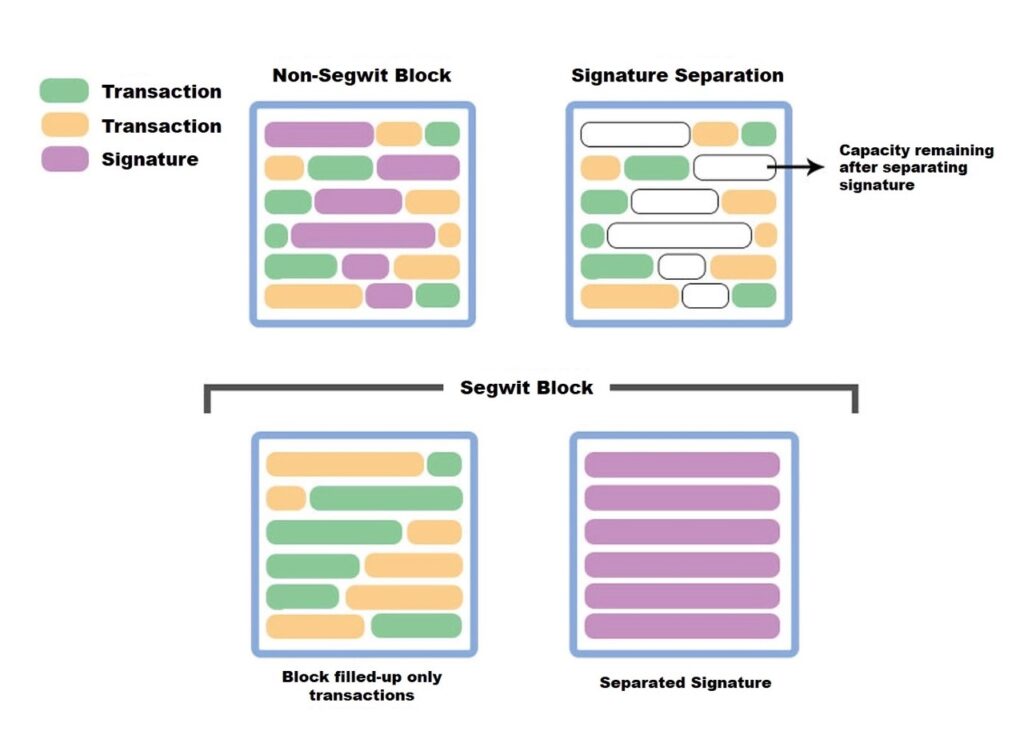
Furthermore, it makes the data on the witness field lighter than the data on the main block because it is separate from the 1 MB size of the main block. The data on the witness field has a discount called witness discount and is the basis of why Ordinals transaction is cheaper.
Another technology is BIP-0341 or Taproot. Taproot removes the limit imposed by SegWit on the data in the witness field. So, the witness field can use the maximum Bitcoin block size of 4 MB.
All Ordinals must be sent and received via the address “bc1p…” which means that the address can process Tapscript transactions. This also applies during the Inscription creation process where the OP_FALSE and OP_IF codes generate Taproot spend transaction output. Almost all Ordinals utilize Taproot. This is because only Tapscript can open “envelopes” containing Inscription content with large data sizes (whether images, text, or video).
Fun Fact: The original purpose of Taproot was to provide data space for the development of smart contract transactions on the Bitcoin network.
So, SegWit and Taproot essentially make it possible to create Ordinals NFT in Bitcoin because the cost of minting is cheap and it can afford larger data. NFTs were already possible in Bitcoin even before Segwit. However, without it, the cost would have been too high.
How to Mint Ordinals?
Currently, the only way to mint Ordinals Inscriptions is to run a full Bitcoin node. The first step is to run Bitcoin Core and start a node. However, you will need to download the entire Bitcoin network which is 458 GB in size. Users who want to mint Inscriptions must also use Ord and Ord Wallet. Ordinals have a guide on how to inscribe on its Inscription page.
When you want to mint Ordinals, you need to create a Bitcoin transaction that contains several Sats. One of these Sats will contain the Inscription data while the rest pay transaction fees to miners.
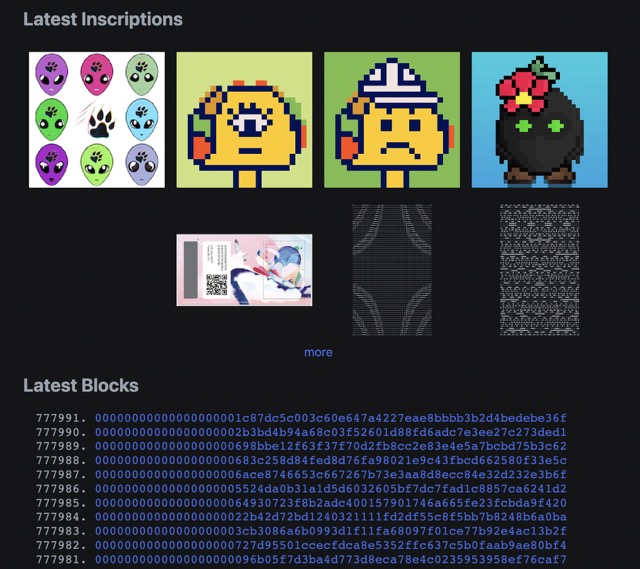
So, you have to send a transaction (containing the inscription) to another (empty) address. When it arrives at the destination address, Taproot will “spend” and open the Inscription content. Afterward, you can track it in Ordinals via its Sats address, id, or ordinal number. Your Ordinals will only appear when you have successfully sent this transaction (with the Inscription inside) to another address.
An NFT enthusiast on Twitter, @dotta, also creates a comprehensive guide on how to do an Inscription. Some people like Dotta also offer Inscription services to digital artists whose work they find interesting.
Currently, OrdinalsBot offers a minting service where you only need to pay for the service and upload the Inscription data. OrdinalsBot has a fee of 0.00025 BTC + %10 per data. In addition, Xverse also recently launched a Bitcoin-only wallet capable of Inscription. Over time, we should see various platforms start to support Ordinals Inscription. If you are interested, you can try OrdinalsBot or Xverse for minting.
How to Buy and Sell Ordinals
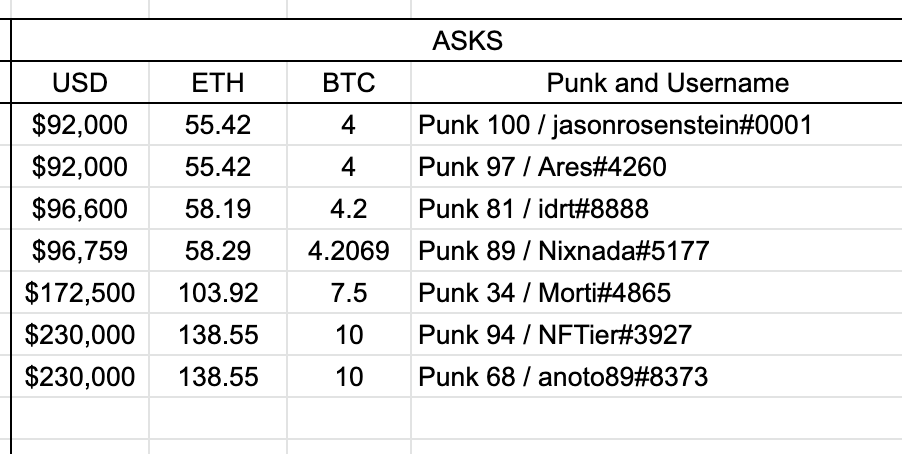
Unfortunately, like the minting process, buying and selling Ordinals also requires Bitcoin Core, Ord, and Ord Wallet. The process of buying and selling Ordinals currently requires P2P (peer-to-peer) manually in forums like Twitter and Discord. In fact, as you can see above, the data regarding who-owns-what-Inscription is also in a spreadsheet.
Many Ordinals collectibles have a very high floor price because no one wants to sell them or they have been bought by some NFT whale. There is a website Ordinals.market containing Bitcoin Punks where every Ordinals is verified to prevent fraud. Purchases on Ordinals Market utilize a shared storage system. However, they will still manually send the Ordinals to your address after you purchase them.
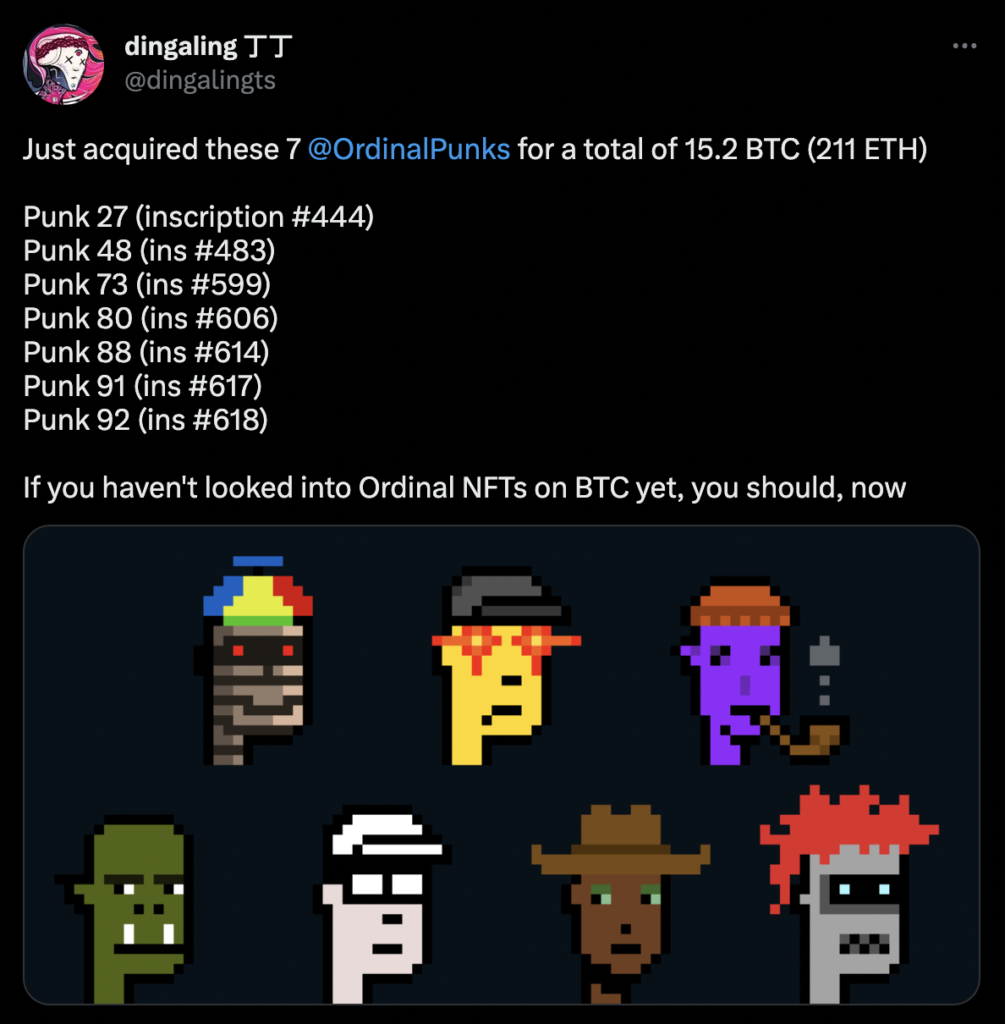
Due to the UTXO system, you need to store enough Sats in your Ordinals transaction to pay the fees when you sell them. However, you’d better wait for an Ordinals marketplace and some other supporting infrastructure as the process of buying, selling, and sending Ordinals is still quite complex.
Sending and Receiving Ordinals
If you can’t run Bitcoin Core, you can use Sparrow Wallet to receive Ordinals. Sparrow Wallet can interact with Bitcoin Core and the Ord protocol. However, the process of using Sparrow Wallet is more complex than using Bitcoin Core and Ord so extra care must be taken. Ordinals also have a complete guide on how to use Sparrow Wallet, including important principles you need to know.
One of the most important things about accepting Ordinals is that the wallet you use cannot have other Sats/BTC. You must create a new address every time you want to receive Ordinals. Additionally, this wallet can only be used for storing or sending Ordinals. This is because Ordinals carved into Sats are still fungible. They are similar to any other Satoshi. So, you can accidentally send your Ordinals in a normal transaction.
As in buying and selling, you need to understand the concept of UTXO as well as how to use Bitcoin Core or Sparrow. For beginners in the world of NFTs, these concepts might be very complex and unfamiliar. Currently, Ordinals developers are making updates and improvements that will make using Ordinals easier.
Notable Ordinals Collection
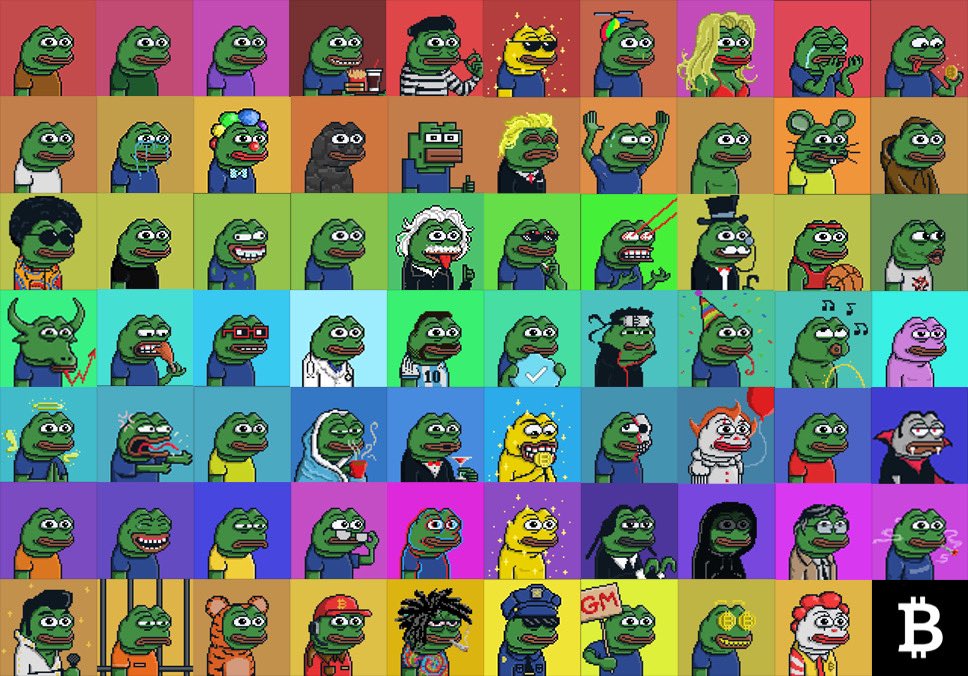
- 🪨 Bitcoin Rocks: The first collection in Ordinals that contains 100 rocks Inscription in Bitcoin.
- 🤟 Ordinal Punks: A collection of 100 Punks based on the PunksNotDead algorithm. Not affiliated with CryptoPunks on Ethereum.
- 🐸 Inscribed Pepe: A collection of 69 “Pepe” Inscription, a popular meme character in the crypto community.
- 🖼️ ORDROTHKO: A collection of 21 fine-art GIFs in the style of Mark Rothko’s art with a modern touch. One of several fine art collections at Ordinals.
Ordinals Impact on the Bitcoin Network
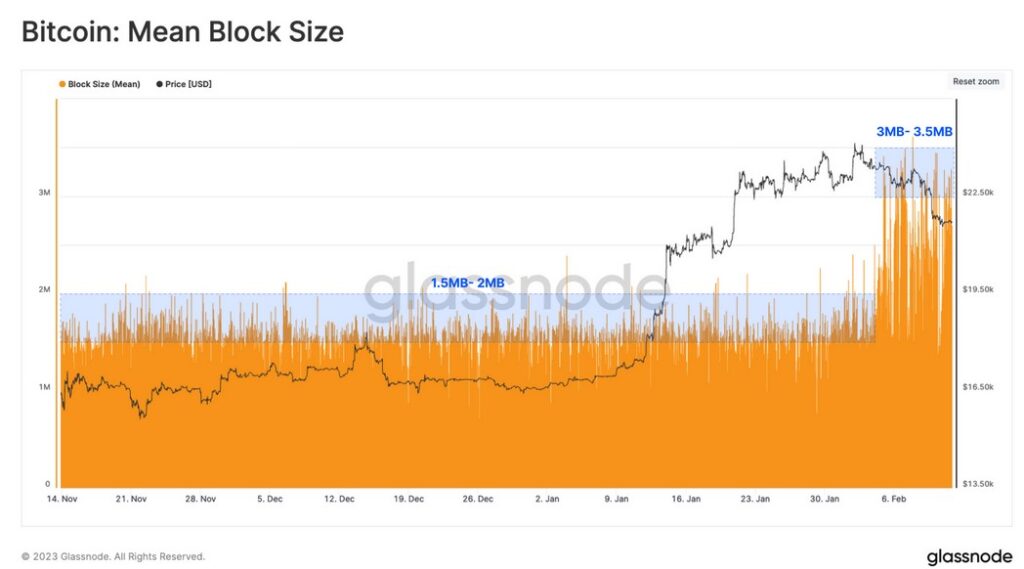
One month after Ordinals was launched (January 21, 2023), its impact on Bitcoin is clear. The number of addresses with Bitcoin (non-zero addresses) reached an all-time high of 44 million. Bitcoin NFT Ordinals successfully create a new segment of users whose activities carry large data sizes with small BTC volumes. In addition, the image above also shows an increase in the average block size of Bitcoin. BTC block size went from an average of 1.5-2 MB to 3-3.5 MB. This increase shows the influence of the Ordinals.
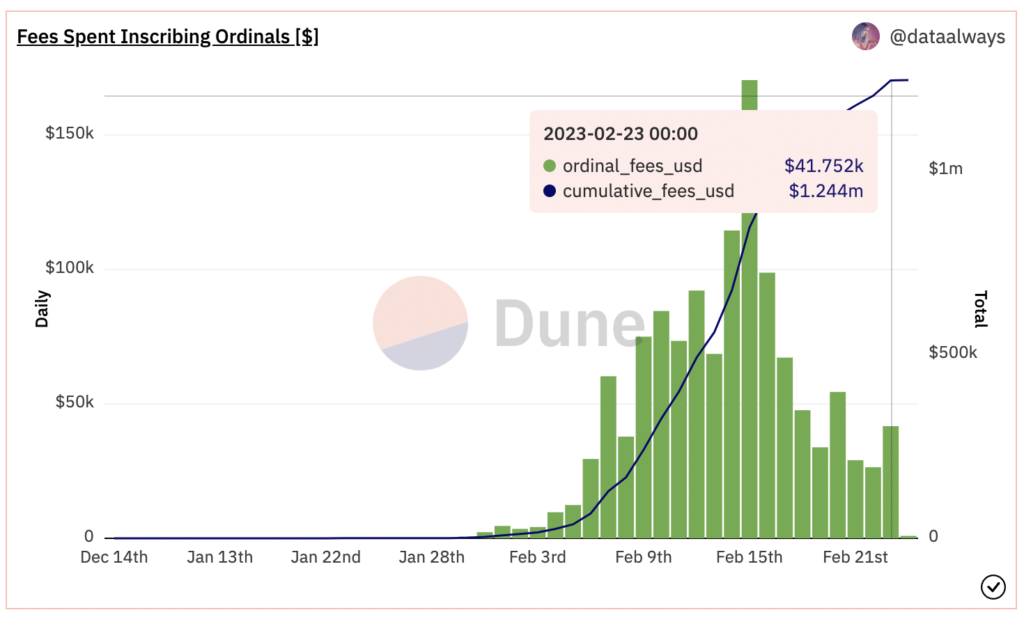
Furthermore, the average Bitcoin transaction fee also did not increase significantly post Ordinals. There were only a few days when the transaction fees went up. This is because of the witness discount that makes Ordinals cheaper than regular BTC transactions. The chart above shows the total transaction fees for Bitcoin NFT Ordinals in the past month. The average daily cost of minting Ordinals at the moment (February 23, 2023) is $896 dollars and the total transaction fees are $1.2 million dollars.
Ordinals Controversies and Debates
- All Ordinals Inscriptions are on-chain. This is what makes Ordinals so valuable, in contrast to NFTs on Ethereum which often lives on off-chain servers like AWS. Currently, Inscription has added around 3.1 GB of data and it’s not impossible that this number will grow rapidly. This is a big concern for the anti-Ordinals camp, which believes that Ordinals add an unnecessary load to miners’ data storage.
- Another debate relates to block space. Some fear that Ordinals will marginalize regular Bitcoin transactions. Block 774,628 contains only 63 transactions with the remaining 99.5% containing Inscription 652 which is 3.96 MB in size (this is an experiment). If the demand for Ordinals explodes, the space for transactions may shrink further due to the large size of Ordinals.
- Many people are concerned that Ordinals could increase network transaction fees. Given that Bitcoin transaction fees are already quite expensive, this could hurt users who conduct regular financial transactions.
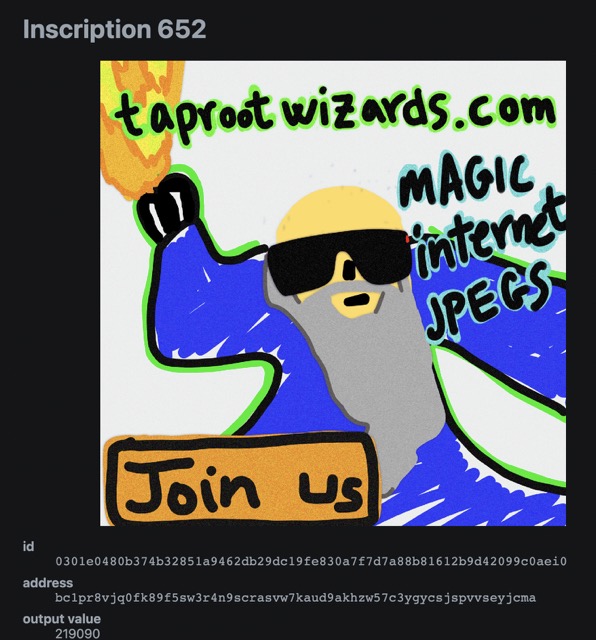
Despite the controversy, Ordinals marked a historic moment for Bitcoin. Ordinals created new uses for many Bitcoin users. So, anyone can insert text inscriptions, videos, images, documents, HTML links, and even games on top of the Bitcoin network. Ordinals can potentially bring huge demand to the Bitcoin network. As with many new technologies, this will continue to spark debate within the Bitcoin community. We’ll have to wait and see before giving an answer on whether Ordinals will have a positive or negative impact on the blockchain created by Satoshi Nakamoto.
How to Buy BTC in Pintu
After learning about Bitcoin NFT or Ordinals, you can start minting by buying BTC in the Pintu App. Here’s how to buy crypto on the Pintu application:
- Create a Pintu account and follow the process of verifying your identity to start trading.
- On the homepage, click the deposit button and top up the Pintu balance using your preferred payment method.
- Go to the market page and look for Bitcoin.
- Click buy and fill in the amount you want.
- Now you have BTC as an asset!
Besides BTC, you can also invest in various crypto assets such as ETH, BNB, SOL, and others safely and easily through Pintu.
Pintu is also compatible with popular wallets such as Metamask to facilitate your transactions. Download the Pintu app on Play Store and App Store! Pintu is regulated and supervised by Bappebti and Kominfo.
In addition to executing transactions, in the Pintu Apps, you can also learn crypto through various Pintu Academy articles which are updated every week! All Pintu Academy articles are made for educational purposes, not financial advice.
References
- Francesco, Ordinals: An Overview of Bitcoin NFTs, Coinmonks, accessed on 20 February 2023.
- Colin Harper, WTF are Ordinal NFTs, Inscriptions, and Digital Artifacts?, Hashrate Index, accessed on 21 February 2023.
- Tara Annison, A Comprehensive Explanation of Ordinals: NFTs on Bitcoin, Medium, accessed on 21 February 2023.
- Pourteaux, Illegitimate bitcoin transactions, Substack, accessed on 22 February 2023.
- @seanbonner, Twitter, accessed on 22 February 2023. https://twitter.com/seanbonner/status/1623565461853184002?s=20
- @dotta, Twitter, accessed on 23 February 2023. https://twitter.com/dotta/status/1626605829024542720?s=20
- Brayden Lindrea, Bitcoin hits record 44M non-zero addresses, thanks to Ordinals: Glassnode, Coin Telegraph, accessed on 24 February 2023.
- Yashu Gola, Bitcoin miners already made nearly $600K from Ordinals’ NFT transactions, Coin Telegraph, accessed on 24 February 2023.
- @dataalways dan @ilemi, Ordinals – Inscriptions on Bitcoin, Dune Analytics, accessed on 24 February 2023.
Share
